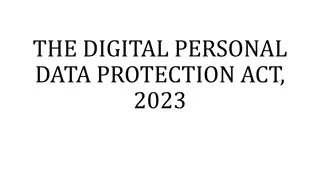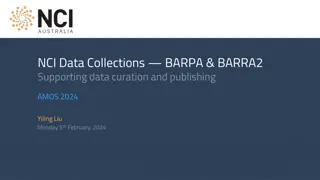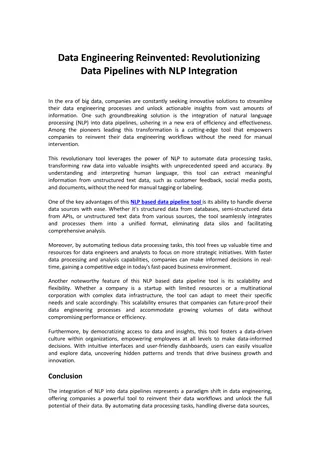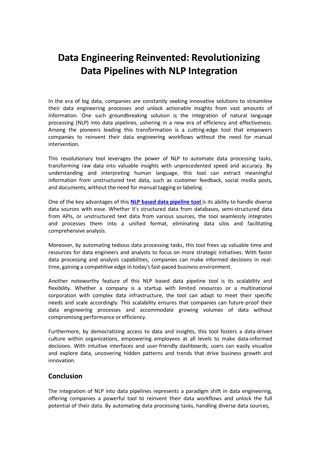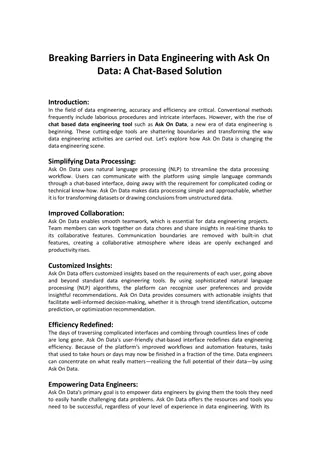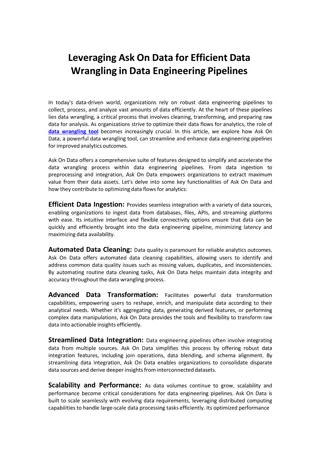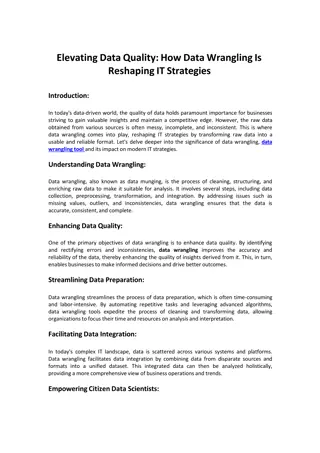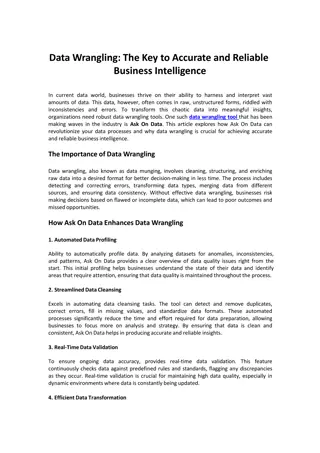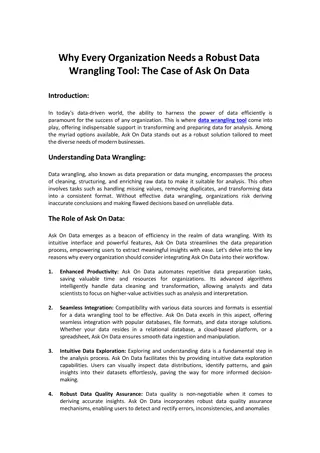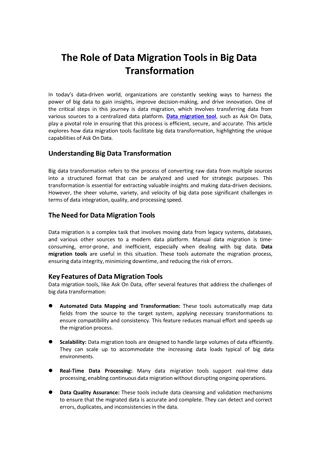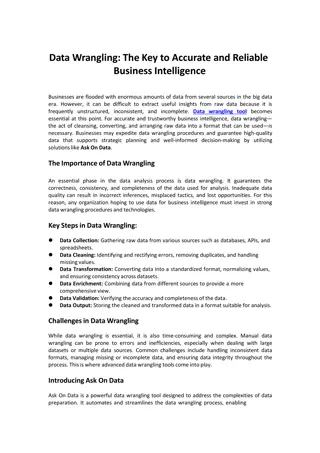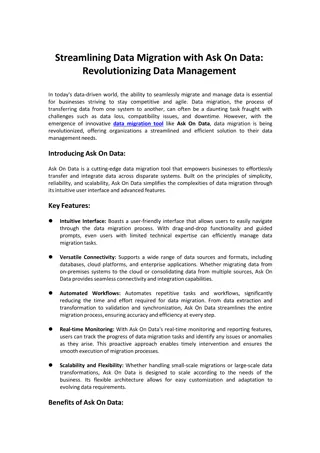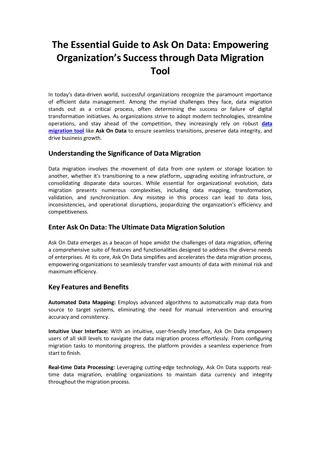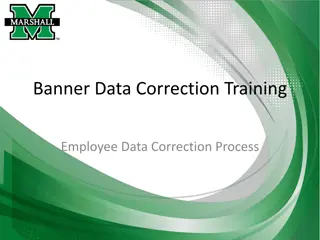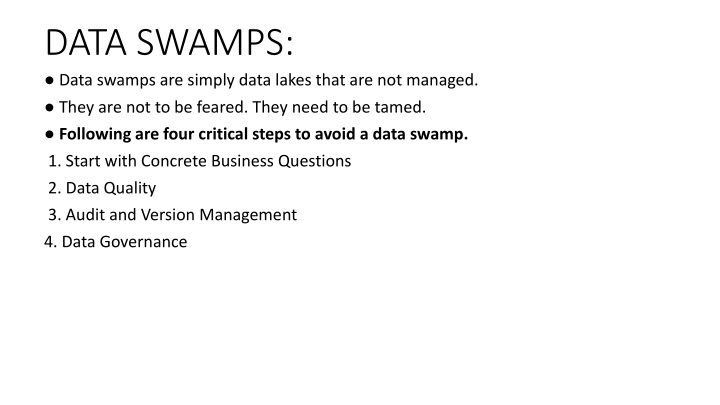
Managing Data Swamps: Critical Steps for Data Lake Success
Learn how to navigate data swamps by following four essential steps - starting with concrete business questions, ensuring data quality, implementing audit and version management, and establishing data governance. Avoid the risks of data swamps by understanding the importance of proper data management practices. Explore the key aspects of data lakes and the significance of metadata classification, lineage, and governance in taming data swamps.
Download Presentation

Please find below an Image/Link to download the presentation.
The content on the website is provided AS IS for your information and personal use only. It may not be sold, licensed, or shared on other websites without obtaining consent from the author. If you encounter any issues during the download, it is possible that the publisher has removed the file from their server.
You are allowed to download the files provided on this website for personal or commercial use, subject to the condition that they are used lawfully. All files are the property of their respective owners.
The content on the website is provided AS IS for your information and personal use only. It may not be sold, licensed, or shared on other websites without obtaining consent from the author.
E N D
Presentation Transcript
DATA SWAMPS: Data swamps are simply data lakes that are not managed. They are not to be feared. They need to be tamed. Following are four critical steps to avoid a data swamp. 1. Start with Concrete Business Questions 2. Data Quality 3. Audit and Version Management 4. Data Governance
1 Start with Concrete Business Questions: Simply dumping a horde of data into a data lake, with no tangible purpose in mind, will result in a big business risk. The data lake must be enabled to collect the data required to answer your business questions. It is suggested to perform a comprehensive analysis of the entire set of data you have and then apply a metadata classification for the data, stating full data lineage for allowing it into the data lake.
2. Data Quality: More data points do not mean that data quality is less relevant. Data quality can cause the invalidation of a complete data set, if not dealt with correctly. 3. Audit and Version Management: You must always report the following: Who used the process? When was it used? Which version of code was used?
4. Data Governance: The role of data governance, data access, and data security does not go away with the volume of data in the data lake. It simply collects into a worse problem, if not managed. Data Governance can be implemented in the following ways: Data Source Catalog Business Glossary Analytical Model Usage
Data Source Data Source CataLog Metadata that link ingested data-to-data sources are a must-have for any data lake. Data processing should include the following rules: Unique data catalog number use YYYYMMDD/ NNNNNN/NNN. E.g. 20171230/000000001/001 for data first registered into the metadata registers on December 30, 2017, as data source 1 of data type 1. This is a critical requirement. Short description (It should be under 100 characters) Country codes and country names 37 Ex. ISO 3166 defines Country Codes as per United Nations Sources CataLog: :
Long description (It should kept as complete as possible) Country codes and country names used by your organization as standard for country entries Contact information for external data source ISO 3166-1:2013 code lists from www.iso.org/iso-3166- country- codes.html Expected frequency Irregular i.e., no fixed frequency, also known as ad hoc, every minute, hourly, daily, weekly, monthly, or yearly. Other options are near-real-time, every 5 seconds, every minute, hourly, daily, weekly, monthly, or yearly. Internal business purpose Validate country codes and names.

